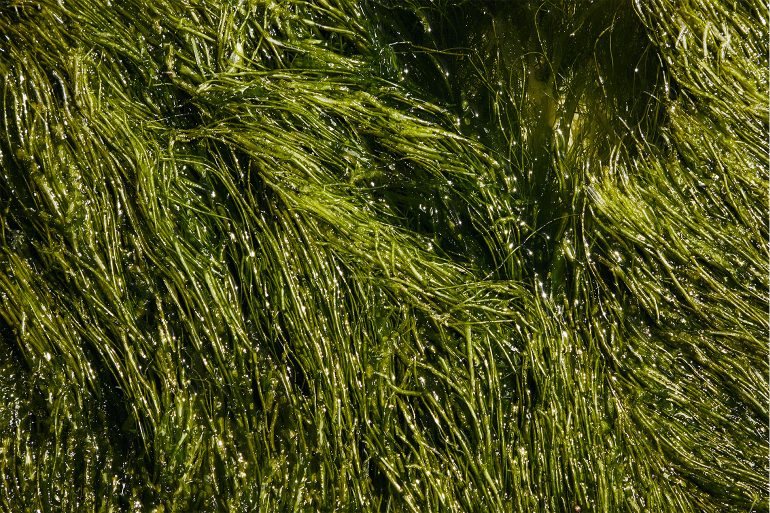Who knew that algae-filled facades could be the solution to the burgeoning amounts of atmospheric carbon dioxide? Who knew that agricultural waste could disrupt the animal-leather industry? Designyatra.com will be publishing a series of articles on practitioners who are experimenting with sustainable and bio materials for products and built environments. But first, what are bio materials? Ankitha Gattupalli explains:
An overly material-driven world demands innovation at the intersection of technology, science and design. Sustainable and responsible design will help respond to the issues of our time. Today’s league of designers are assessing our relationship with the resources of the planet and investigating what it means to live in a material world.
Everything is made from something. Materials occupy the essence of interactions with our surroundings at many different scales.
Design lies at the centre of our cities, economies and our lifestyles. Up until now, our practices have followed linear models of ‘take-make-dispose’. Designing for a circular economy—an emerging movement called circular design—involves embodying the renewable cycles of nature in our creations. Material design forms a vital aspect of devising circular design systems. How new materials can be designed, how different materials are combined and how easily they can be reused or recycled are major inquiries to be addressed at design stage.

Everything is made from something. Materials occupy the essence of interactions with our surroundings at many different scales. Our relationship with materials—often gone unobserved—gives us clues on how they impact people as well as ecosystems. Materials and their inherent properties can be associated with the present environmental concerns. For designers, it is important to assess the impact of what is being designed—paying attention not just to the birth and life of a design product, but also the afterlife.
The thriving movement of circular design and bio-design navigates the world towards a more sustainable design culture.
Successful attempts to merge biology and technology into the design process have resulted in materials that position themselves at the end of the man-made era. Striving towards more eco-friendly approaches, bio-materials have been used to develop design solutions that grow and adapt our natural ecosystem. The thriving movement of circular design and bio-design navigates the world towards a more sustainable design culture.

Pioneer of the design philosophy ‘Material Ecology’, architect and scientist, Neri Oxman has inspired new ways of thinking about ecological sustainability. Her work fuses technology and biology to harness the untapped potential of organic matter. Mumbai-based architects Shreyas More and Meenal Sutaria have invented a construction material that combats air pollution and high temperature in built environments. The biodegradable material allows buildings to “breathe” by promoting the growth of plants and insects on its surface.
Materials continually permeate through the social, spiritual, and ecological realms of human life.
Seetal Solanki, founder of material research design studio Ma-tt-er, explores how materials can catalyse social, economic and environmental change. In her book Why Materials Matter, Solanki introduces everyday materials and their dormant potential to a general audience. Roused by this book, a young multi-disciplinary designer Sachi Tungare has created paper and daily objects out of cigarette butts. By dissecting, treating the material to be toxin-free, dissolving and casting it, Tungare has successfully added value to waste.
The future of circular design and bio-based material is optimistic, brimming with opportunities for innovation and change.
Circular design is not an entirely new concept and can be seen in the age-old practices of India. The husk of coconuts are skillfully weaved into coir, dried leaves are collected to make plates during festivals, and even animal waste like cow dung is burnt to provide fuel. Materials continually permeate through the social, spiritual, and ecological realms of human life. While technological advancement has opened up new possibilities with material design, indigenous uses remind us that materials can be understood, applied and appreciated best by approaching them with a relationship of care and respect.
Anxieties about the planet have creative professionals reevaluating their impact and responsibilities. The future of circular design and bio-based material is optimistic, brimming with opportunities for innovation and change.
***
Ankitha Gattupalli is an architect and active contributor to discourse on spatial practices. Her work aims to uncover and reshape the processes through which spaces, ecologies and communities are collectively created.

